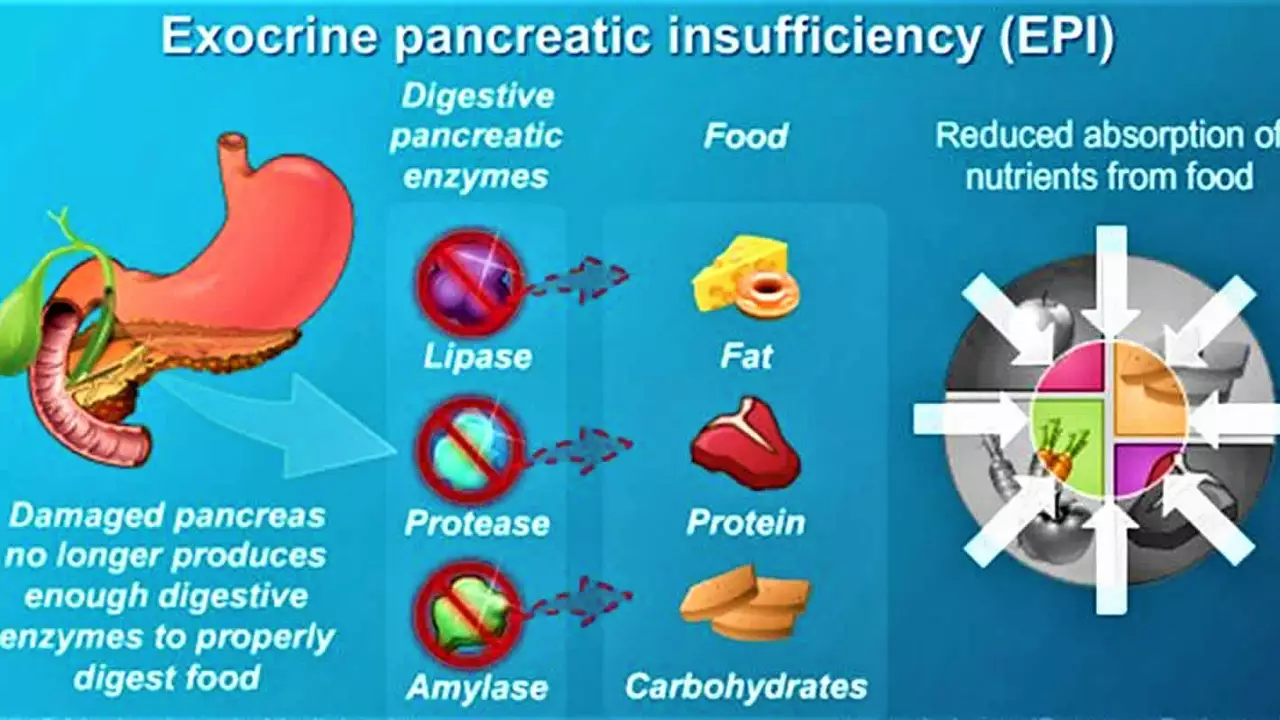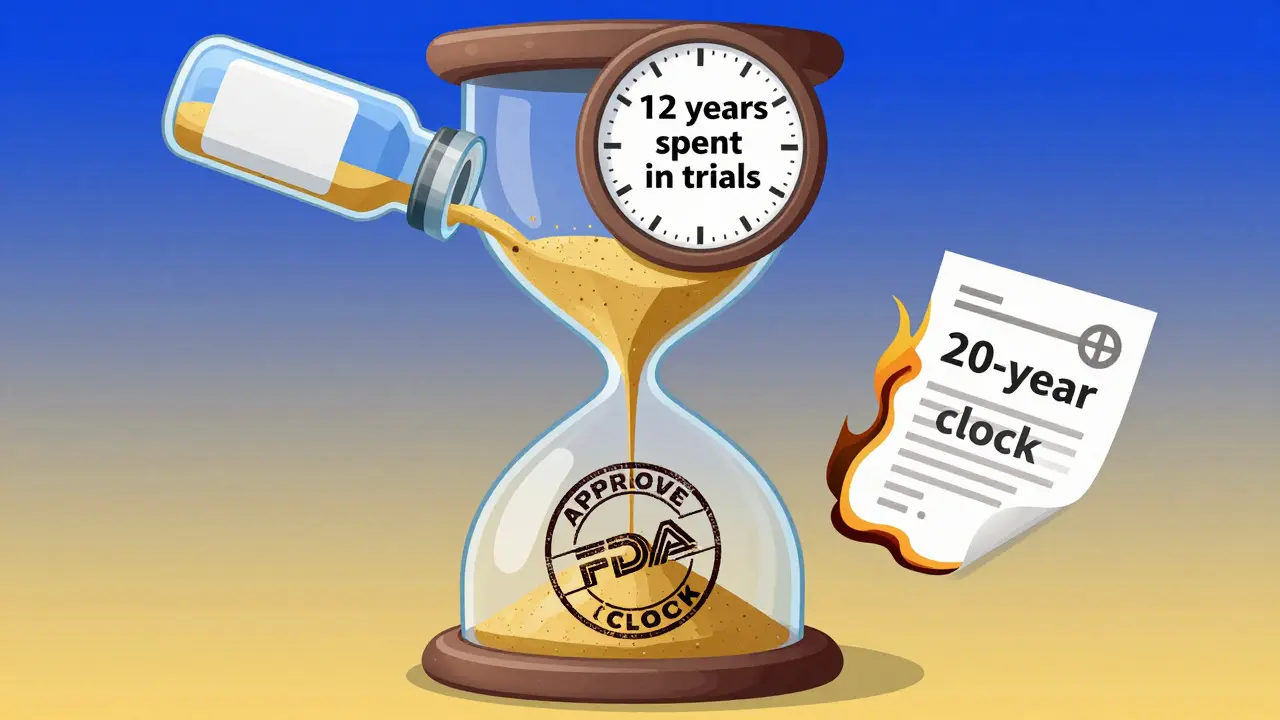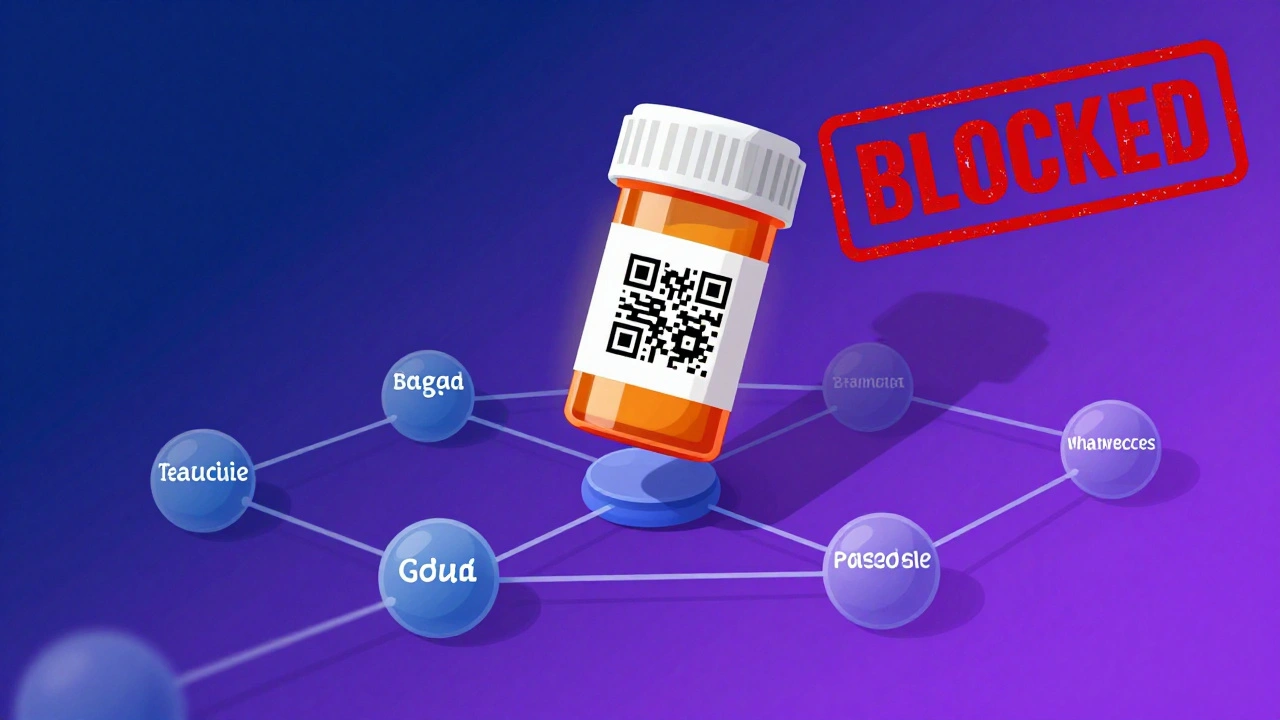Pancreatic Cancer: Signs, Risks, Diagnosis, and Practical Next Steps
Pancreatic cancer often shows up late, so knowing the warning signs and next steps matters. If you or a loved one notice unexplained weight loss, new jaundice (yellow skin or eyes), persistent upper abdominal or back pain, or new-onset diabetes, bring it up with a doctor right away. These symptoms don’t always mean cancer, but early evaluation can make a big difference.
Common signs to watch for
Pay attention to a few specific changes: painless jaundice, stools that are pale or oily, itching from bile buildup, loss of appetite, sudden weight loss, and long-lasting stomach or mid-back pain. Blood clots and new diabetes without a clear cause can also be clues. If symptoms start suddenly or get worse fast, ask for imaging tests.
One practical tip: track symptoms and dates. That short log helps your provider prioritize tests and referrals.
How doctors diagnose and what to expect
If your doctor suspects pancreatic cancer, expect a combination of tests. A high-quality CT scan with a pancreatic protocol is the usual first step. MRI and endoscopic ultrasound (EUS) with a biopsy can follow to confirm a diagnosis. Blood tests may include CA 19-9, a tumor marker that helps track disease but can’t diagnose alone.
Staging is crucial — it tells whether surgery is an option. Tumors confined to the pancreas may be removable. If cancer has spread, treatment shifts toward controlling symptoms and slowing growth.
Treatment choices depend on stage and health. Surgery (Whipple procedure, distal or total pancreatectomy) offers the best chance for cure when the tumor is resectable. Chemotherapy regimens like FOLFIRINOX or gemcitabine-based plans are common, either before or after surgery or for advanced disease. Targeted therapies may help if genetic tests show mutations such as BRCA. Radiation can be used in select cases for local control or symptom relief.
Ask your team about clinical trials — newer drugs and combos are tested often for pancreatic cancer.
Practical care tips: choose a high-volume center when possible, because surgical outcomes are better there. Talk to a dietitian early; losing weight and managing blood sugar are real challenges. Pain control and supportive care improve quality of life, so don’t wait to ask for help. Consider a genetic counseling referral if family history suggests inherited risk.
Facing pancreatic cancer is hard. Get a clear plan: who will coordinate your care, what tests are next, and what symptoms to report immediately. Bring a friend or family member to appointments to help remember details and ask questions. Small steps — timely imaging, second opinions, and asking about trials — can change the path forward.






